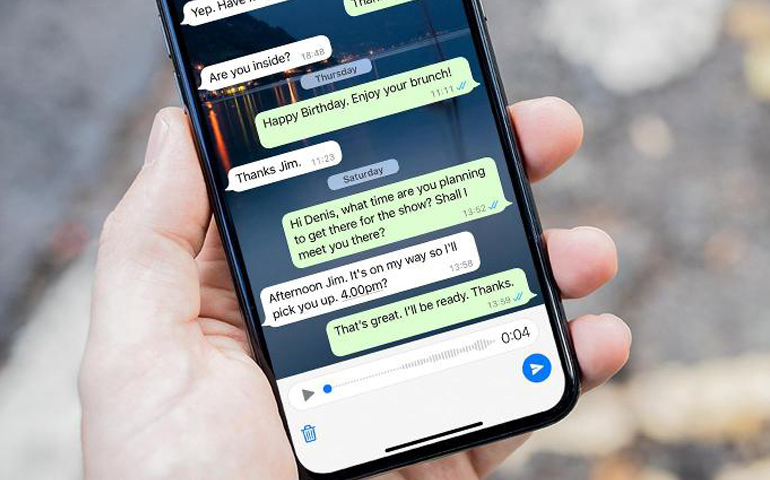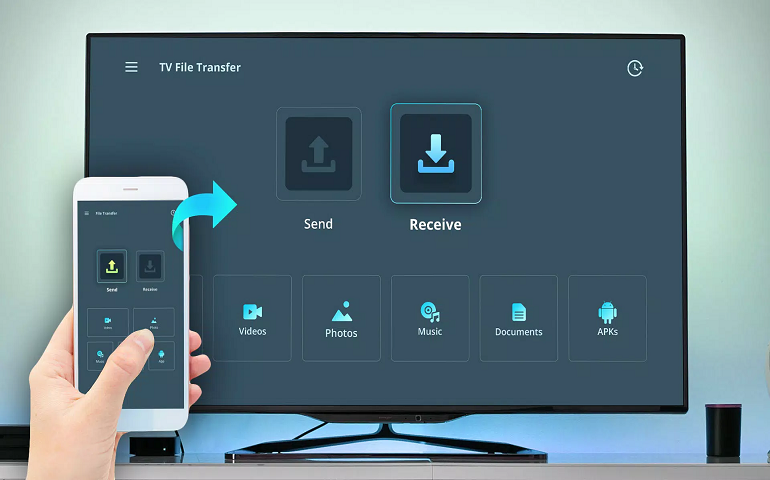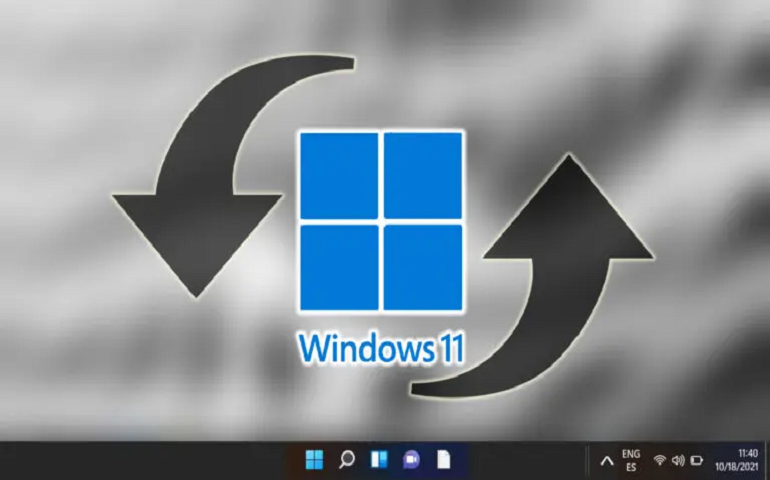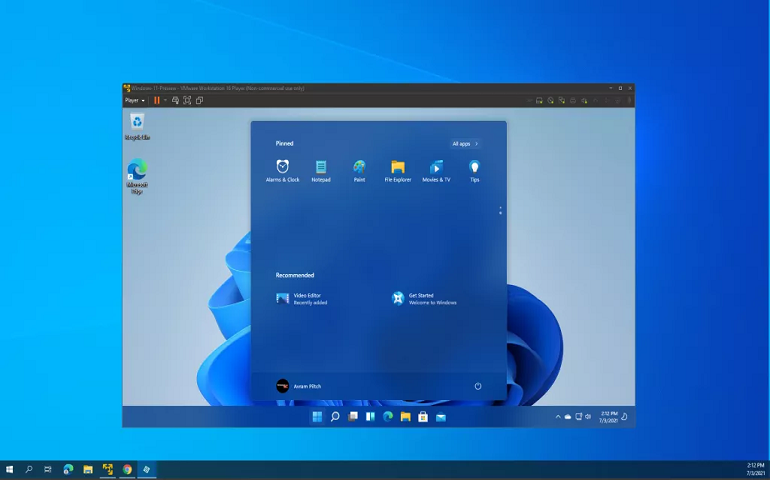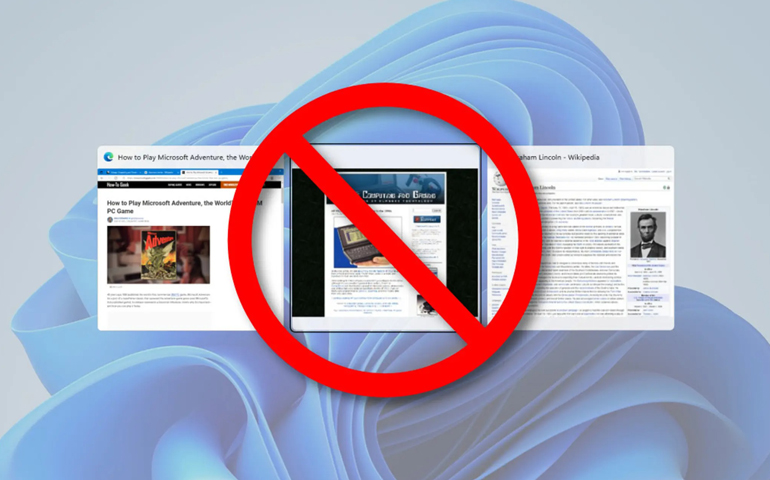Enabling auto logon has numerous advantages. Let me tell you an incident when I needed such functionality. I was facing an issue while using one of the Windows software on my other machine. I raised that issue to the software publisher, on which they assigned me support personnel for resolving the problem remotely. He needed time to debug the case, and while debugging, he asked me to reboot the machine several times. Since we were in different time zones, it was difficult for me to stay awake the whole time. My only job was to enter the login credentials whenever he asked me to restart the PC. And that’s when it hit me! I immediately enabled the auto-login feature on my Windows 11 PC. There was no need for me to enter login credentials anymore. Want to know how I did it? The following tutorial describes the steps you need to implement the auto-login feature on your Windows PC.
Login to Windows 11 Automatically
Logging automatically into Windows is most beneficial when you have set a long password for your account and don’t want to enter it every time you start the system. On the other side, if you are using a system with multiple users or not secured physically, it is not advisable to enable the auto-login function. We have enlisted various methods in this article. Go through each of them and follow whichever you find easy to perform. Let’s get started. Exciting Stuff: How to Install Windows 11 on External SSD or USB Storage
1. Use Windows System Settings
2. Microsoft Autologon Tool
Microsoft has developed their own Auto Login tool, which uses Windows Registry for logging users into Windows automatically. Windows encrypts and stores the credentials you enter with Autologon in the Registry and use them to log in to the specified user automatically. Note – Although the password is stored in the encrypted form as an LSA secret, a user with administrative rights can easily retrieve and decrypt it. Below are the steps for you to get familiar with Microsoft’s Auto Login tool. Not to be Missed: How to Set Video/Live Wallpaper on Windows 11
Disable Autologon for a Particular Login
Run the “Autologon” application and hit Disable to turn off the auto-login feature. Also, the autologon will be disabled for a particular logon if the shift key is held down before the system performs an autologon.
3. Use Windows Registry
The third and last method for enabling auto-login on Windows 11 is Windows Registry. We will create a few registry keys involving user credentials such as username, domain, and password. Also, by modifying a few registry values, we will activate the auto-login functionality. The steps for enabling Auto login on Windows 11 are as follows. Want to know?: How to Install Chrome OS (with Play Store) and Dual Boot with Windows
How to find User Account Name in Windows 11?
Sometimes, one might get confused between the Computer name and the User Account name. So, to avoid confusion and know the exact user account name in Windows 11, you can use the command prompt application. Steps to know the current User Account name in Windows are below.
Enjoy Passwordless Login in Windows 11
Enabling Auto logon on Windows 11 is undoubtedly an easy task and a helpful feature in many ways. But when we consider security, you must secure the system physically and make sure you are the only person using it. If an unauthorized person starts your computer without your knowledge, they can get access to your data quickly. Further, for additional protection, save your confidential data to another drive and encrypt it using BitLocker encryption. That’s it from us in this guide. If you have any queries regarding the tutorial, you can comment below. We will try our best to resolve the same. Enjoy Passwordless logging on your Windows PC. Notify me of follow-up comments by email. Notify me of new posts by email.
Δ


